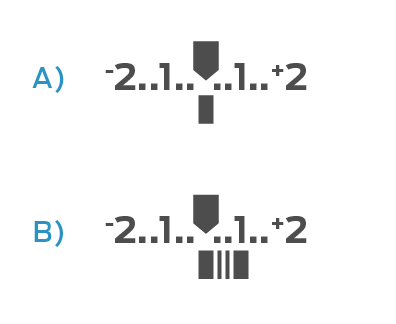Heading out the door? Read this article on the new Outside+ app available now on iOS devices for members! Download the app.
Time it Right
Heavy snowfall paired with windless conditions will produce the most dramatic snow in the trees. But even a single set of footprints can interrupt the scene’s calm, so head out soon after a storm or target a less popular place, and don’t be afraid to step off-trail in search of a pristine tableau.
Frame up
Be strategic so your scene draws the eye in. Rather than shooting at a solid wall of trees, which blocks the background, find a spot where there’s a gap that allows the eye to continue deeper into the photo. If possible, include something of interest in the background as well, like a peak or cool clouds.
Expose better
Snow confuses a camera’s exposure settings. If your camera has a snow or beach mode, use it to keep the snow from appearing gray. Otherwise, to keep the snow scene photo from being too dark, overexpose by at least two-thirds of a stop (see below), taking care not to blow out the brightest part of the scene.
Capture color
Winter scenes sometimes look great in black and white, but shoot near sunrise or sunset to capture bright oranges, reds, or pinks reflecting off the snow. Make sure the camera’s auto white balance doesn’t neutralize the colors. Adjust the white balance to daylight or a sunset/sunrise setting.
Key Skill: Exposure compensation
Your camera expects the lights and darks in a scene to average out to 18 percent gray. In most situations, that’s fine. But when a scene has a lot more light than normal—like when the usually dark ground is covered in a blanket of white—you need to choose an exposure that lets in more light. In manual mode, watch your light meter as you open up the aperture, lengthen the shutter speed, or increase the ISO. It will look like (A) when the camera thinks the exposure is right. A proper exposure in snow will look more like (B).
